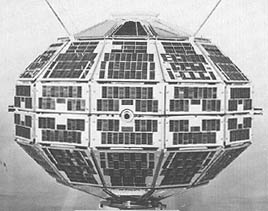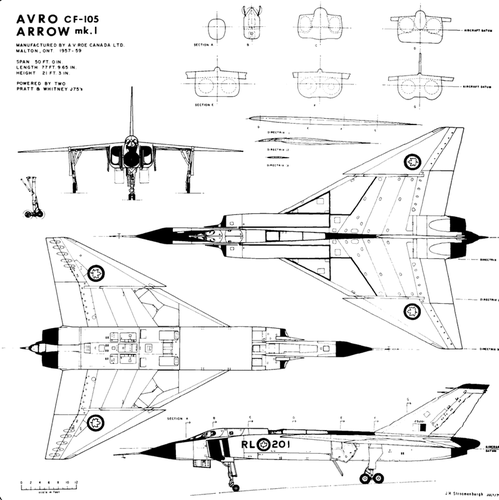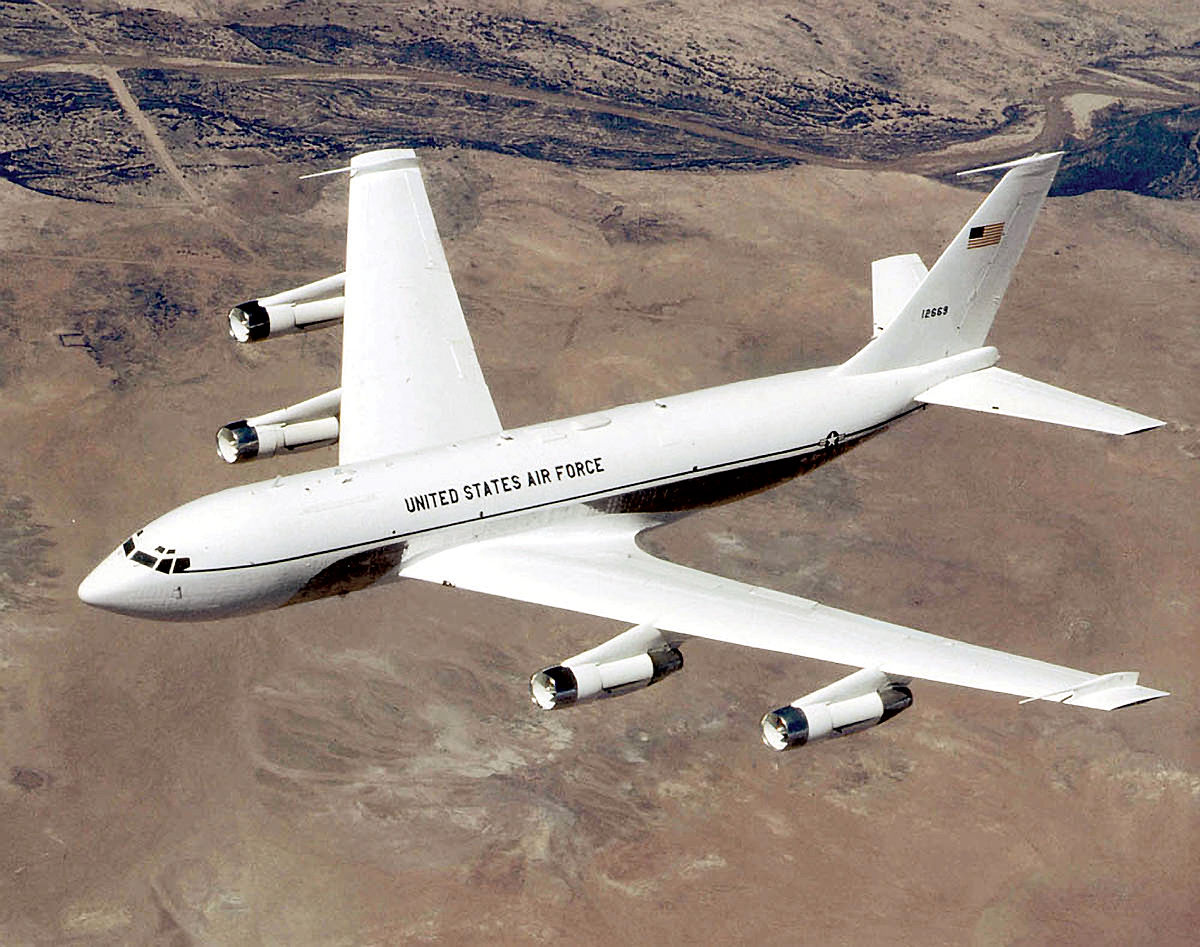How the Arrow ended as an (interim) MiG-25 killer in the 1967-78 era.
It all started late 1958. By this point the Arrow was flying superbly, and cost were under tight control (hint: because the POD is, screw Astra and Sparrow II,go for F-106 MA-1 right from 1955, and never change that. Also Crawford Gordon mother did not survived Titanic encounter with that iceberg, in 1912...)
An agreement had been found in september 1958 to integrate the Arrow among others NORAD interceptors through SAGE (greatly helped by the fact, once again, that MA-1 was the exact same for CF-105 and F-106).
Still, many among the Arrow supporters were overtly saying MA-1 was a piece of junk not good enough for the Arrow (blissfully unaware it was in fact a necessary evil). Whatever, a small team from Avro Canada and RCA had toured america, looking for a better radar. The Phantom APQ or APG seemed obvious choices, but they wanted better. And since collaboration with Hughes had been pretty good in the past, there, they were told about the ultimate system: the ASG-18 / AIM-47 Falcon planned for the (threatened) F-108 Rapier.
Avro Canada and RCA lost no time forging a case to put that on the Arrow: it would make their Mk.3 bird "F-108 compatible" just like Mk.2 was presently, "F-106 friendly", NORAD and SAGE included.
That happened to be twice a blessing for the F-108, as sharing its radar cost burden plus US national pride, ensured it barely escaped cancellation in September 1959, even if production number was cut to 93 machines (hint: YF-12 & McNamara 1968, also F-22 187 airframes).
Main difference between CF-105 and F-108 was the former having a three years headstart. Late 1959 an agreement was found to try and test the ASG-18 and AIM-47 in a Mk.2 Arrow rather than OTL B-58 Snoopy. Flight testing started late 1960 and lasted five years, joined by F-108 prototypes ASAP.
Fast forward to 1967 and the "Domodedovo panick" triggered by Mig-23 and most importantly, MiG-25.
Four more years, in 1971, MiG-25R insolently thundered above Iranian and Israeli Phantoms trying to destroy them with AIM-7 Sparrow.
By this point McNamara had phased out the expensive and scarce F-108s, the idiot. Israel being, Israel, and the Shah being the Shah, these two lost no time requesting a handful of second-hand Arrows Mk.3 from the RCAF. Unlike USAF paltry of F-108 build, to the RCAF the Mk.3 Arrow were an integral part of the larger fleet of Arrow Mk.2 (with Mk.4 in the pipeline, despite an uncertain future at as of 1971).
And that's how the year 1974 saw two MiG-25R blown out of the sky - one by IDF/AF over the Sinai, and another one near the Iranian - Soviet border...





